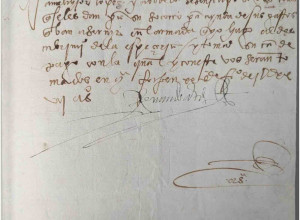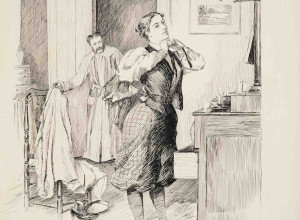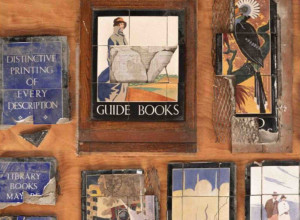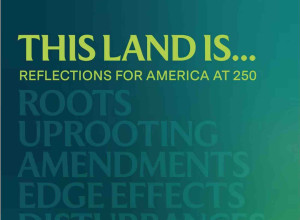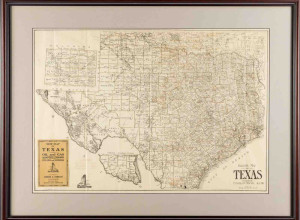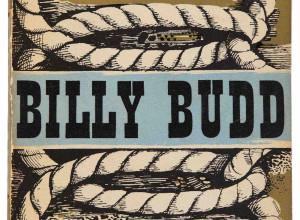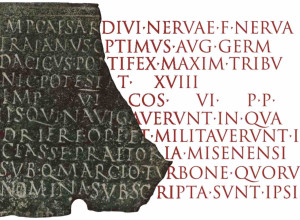The Huntington Mark 250th Declaration of Independence Anniversary with Rare Documents
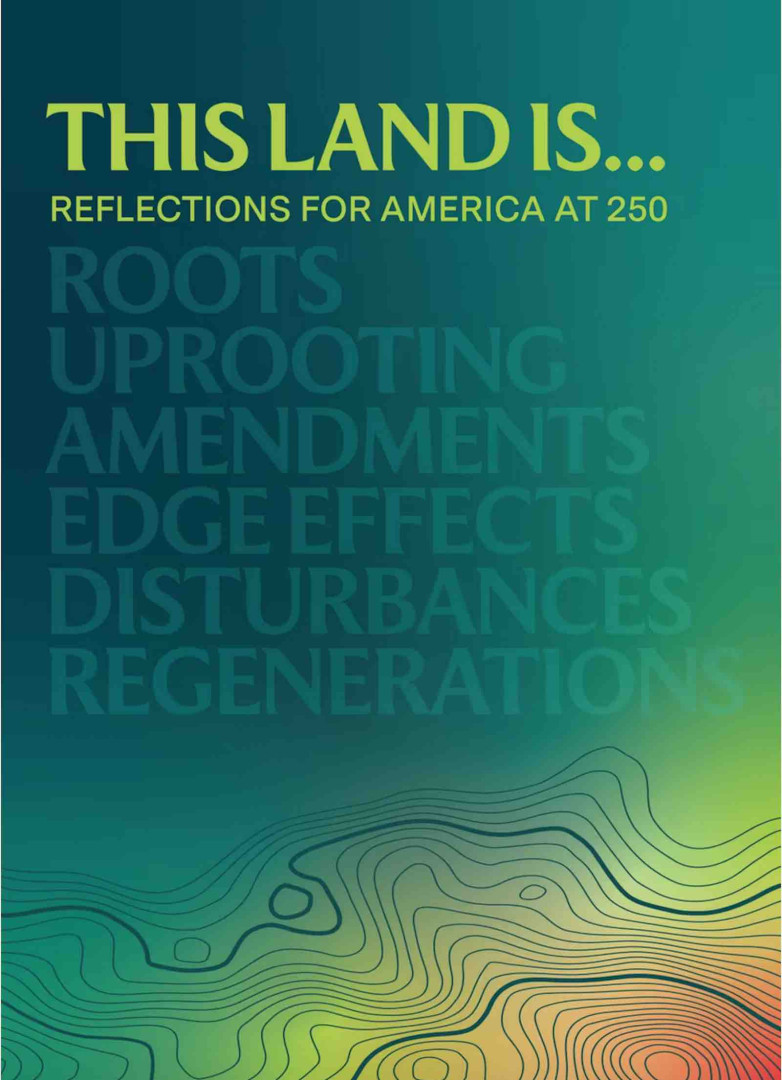
The Huntington has announced a wideranging exploration of the relationship between land, United States history, and American identities, drawing on its library and other collections.
Launching this fall and continuing through 2027, THIS LAND IS… references the iconic 1940s folk song This Land Is Your Land by Woody Guthrie and will mark the United States's 250th anniversary in 2026
The initiative begins with a public conversation on October 22 between President Karen R. Lawrence and filmmaker Ava DuVernay about the power of storytelling to shape and broaden American histories.
It will be followed by the anchor exhibition This Land Is… opening June 14, 2026, addressing topics including mapping, ecology, and preservation, with displays featuring rare books, maps, photographs, manuscripts, artworks, and documents.
Highlights include:
- The Huntington’s rare, annotated 1776 copy of the Declaration of Independence
- unique documents from the history of surveying American lands, including hand-drawn surveys by George Washington and Thomas Jefferson, a rare map of the 1760s survey of the Mason-Dixon line, and a manuscript page from Thomas Pynchon’s 1997 novel Mason & Dixon
- documents related to colonial Pennsylvania’s swindle of more than a million acres of Delaware/Lenape land in the infamous Walking Purchase
- literary evocations of land in manuscripts by Walt Whitman and Octavia E. Butler
- a botanical and biological report on the U.S.-Mexico border following the 1848 Treaty of Guadalupe Hidalgo
- family photographs and documents by Japanese American flower farmers in Los Angeles before, during, and after their World War II incarceration
“At a time when the public places trust in cultural institutions to help navigate complex issues, we are committed to honoring that responsibility as we reflect on the nation’s founding,” said Karen R. Lawrence, president of The Huntington. “THIS LAND IS… draws on the breadth of our collections to explore the centrality of land as both common and contested ground. The ellipsis in the title is intentional, it reminds us that the story is unfinished and that we each have a role in shaping what comes next.”








